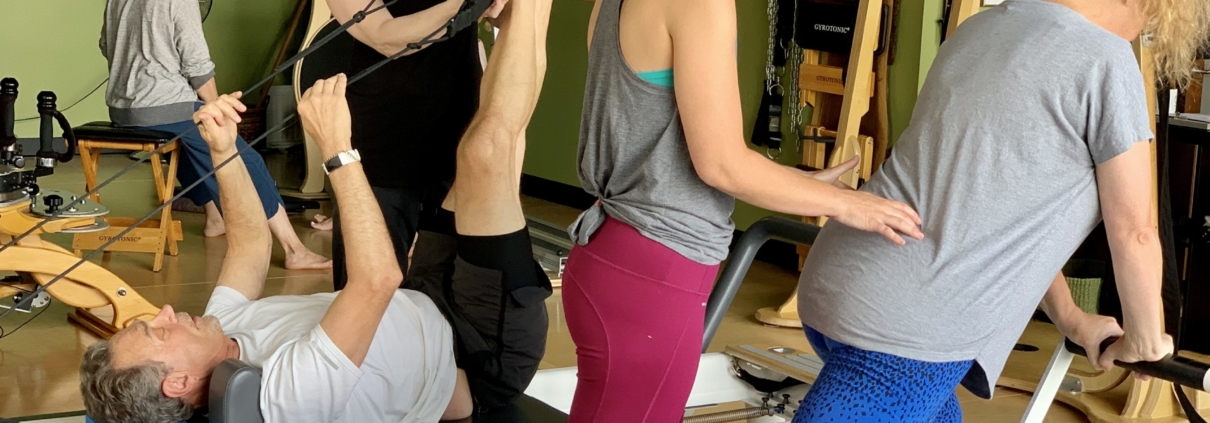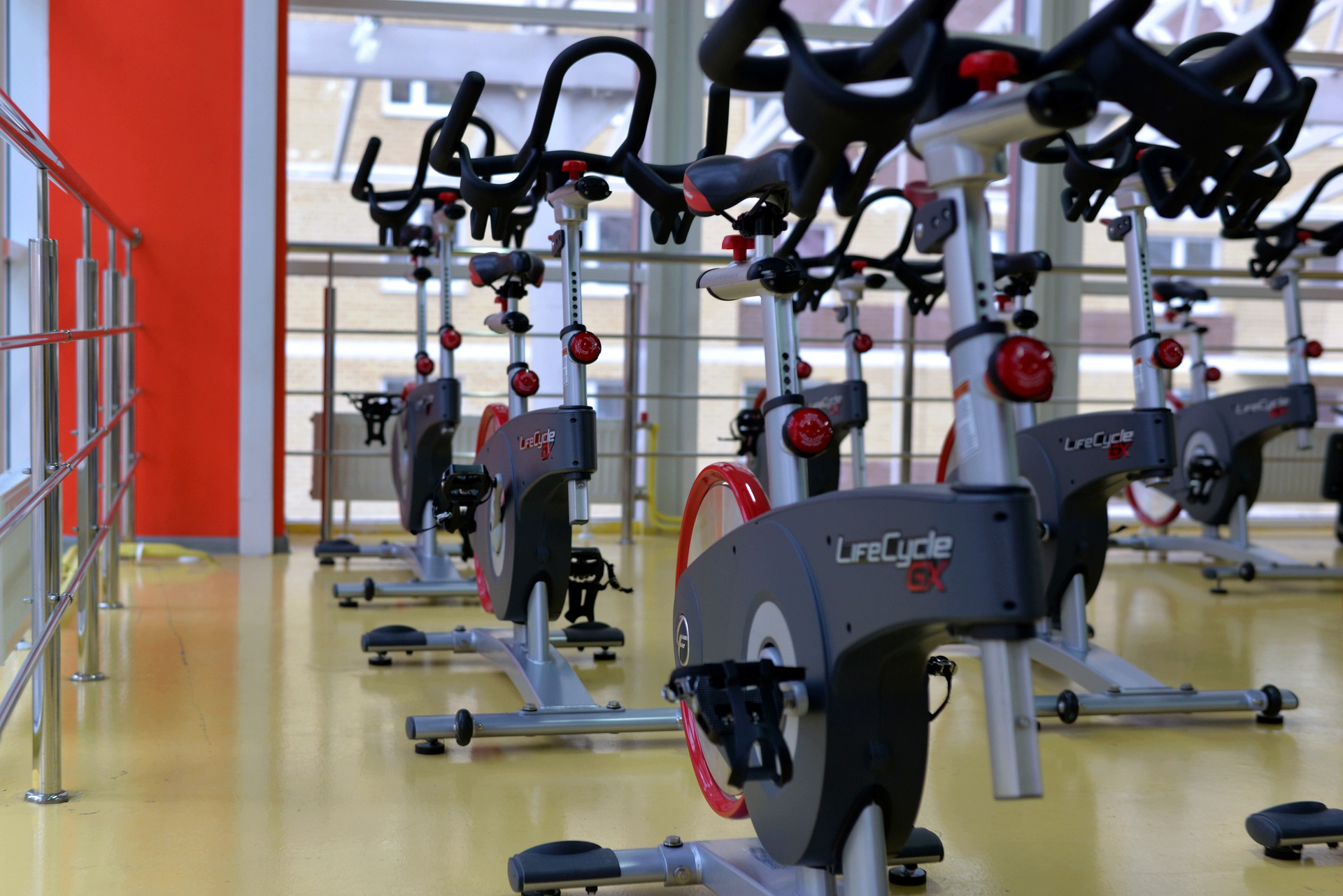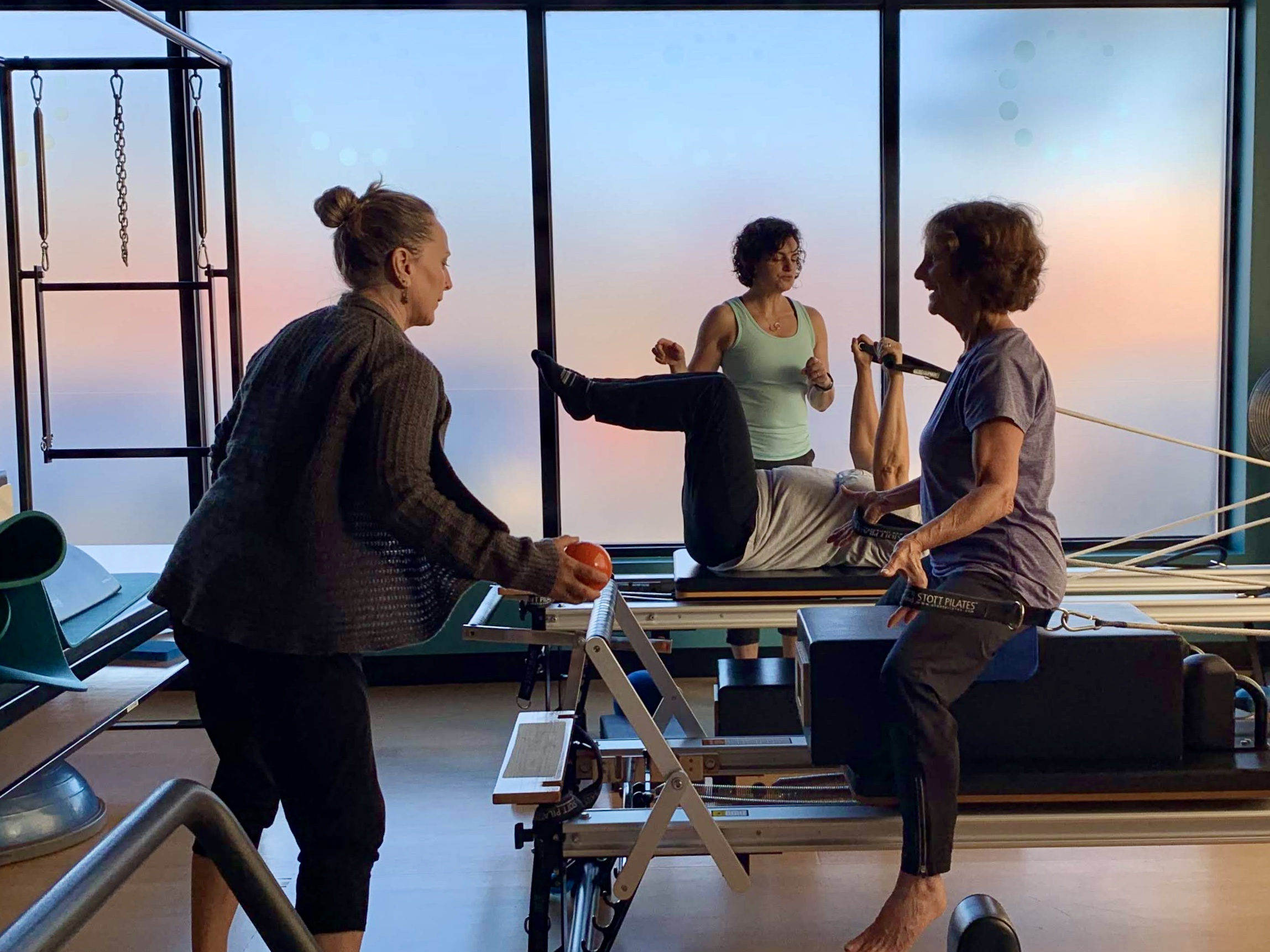Sarah Baruch, M.D. tells the story about how she discovered food could be a better remedy than the drugs she was prescribing. For a limited time, Dr. Baruch will be offering a three-session Nourishment for Everyday Living nutrition coaching package at MOVE Wellness Studios to help our clients understand how to eat for optimal health.
My journey in medicine began over a decade ago when I worked as an Emergency Medical Technician. After stabilizing and transferring my patients to the hospital, I longed to be on the receiving end of patient care. With aspirations of becoming a physician, I completed the premed course work and was accepted to the University of Michigan Medical School.
During my clinical rotations, I felt the rush of primary care physicians who were double booked every fifteen minutes and scrambling to write notes for the electronic medical records between patients. With appointment time constraints and unrealistic expectations that a lifestyle change can happen in minutes, we quickly turned to medications to bring down elevated blood pressures, blood sugars, and cholesterol levels, measures which were necessary to prevent coronary artery disease, heart attacks, heart failure, strokes, and the endless complications of diabetes including retinopathy, neuropathy, and nephropathy. While these drugs temporarily calmed our worries of downstream complications, I felt that we were superficially masking the symptoms and labs revealing the body’s cry for help.
Having personally struggled with weight fluctuations, I found myself emphatically lost and confused as I watched dozens of physicians recommend that their patient try to “eat better,” a generic phrase that carried little to no meaning for many of our patients. As a medical student, my education barely addressed nutrition, a shocking fact given that according to the Center for Disease Control eighty-six percent of the nation’s $2.7 trillion annual health care expenditures are spent on chronic health conditions most of which are both directly and indirectly linked to foods consumed in the Standard American Diet .
As my fourth year of medical school was coming to an end, I reflected deeply about where my time and learning would be most effectively spent. I questioned how I could turn my apprehensions and concerns about medicine into a narrative in which I could make an impact. I wanted to delve into the root causes of the chronic illnesses that plagued so many of my patients and do something about it. In researching the major determinants of health, including policy making, social factors, health services, individual behavior, biology and genetics, I found my answer. Food was intertwined in all of them.
In my search, I came across “The China Study,” the most comprehensive study of nutrition ever conducted, detailing the connection between nutrition and heart disease, diabetes, and cancer. I discovered Dr. Esselstyn’s research demonstrating the dietary ability to not only prevent heart disease but also to reverse it, and was inspired by Dr. Barnard’s program for reversing diabetes. Upon completion of my medical degree, I pursued training and certification through the McDougall’s Starch Solution Certification Course. I then traveled to the McDougall Medical Center in Santa Rosa, California where I worked with an incredible team of physicians, nutritionists, phycologists, and pharmacists to treat patients with food and knowledge.
The results I witnessed demonstrated the miraculous power of food as medicine. Over the course of 10 days, one woman’s cholesterol dropped by 60 points (greater than what is expected when initiating lipid lowering therapy with a Statin) and one man had lost 9 pounds. Despite having thought that I was eating pretty well before the program, I was pleasantly surprised when my own labs revealed a 12 point cholesterol drop, a number I happily accepted knowing that a lower cholesterol decreases the risk of heart attacks and strokes. It was all about food and yet it was the medicine I had been dreaming of. I was empowering patients to make decisions that enabled their bodies to return to a state of health.
My goal is to share with you that which I have learned about food as medicine and medicine as food, so that together we can become advocates for our own bodies and our collective health. I enjoy partnering with clients to address their health and wellness holistically. I adhere to the belief that optimal care is only possible when looking beyond the physical manifestations of diseases and taking into consideration the multifactorial influences on health.
I am very pleased to be partnering with the MOVE Wellness Studios community and am offering a three-session package for those who are looking to gain the skills and knowledge about the most evidence based approach to eating in a way that nourishes your body and optimizes the path to healthy aging.
The sessions will be structured as the following:
1. Getting to know you and an education session (2 hours)
A week prior to our meeting, I will send you a list of questions. They are meant to address a variety of questions about your health, eating habits, and life. This gives me the opportunity to get to know you before we meet. It also helps me to assess where you are and what goals you are hoping to meet. The second half of the meeting will be an interactive presentation to deepen your understanding of the benefits of a whole-foods plant-based diet. We will discuss the details of what happens to food as it is processed, how to read nutrition labels, and the basics of how to create satisfying meals.
2. The grocery store (2 hours)
I love walking clients through the grocery store and putting the pieces together. This is a key piece as I find that successfully changing one’s preferences and patterns requires looking at the items in a grocery store through a new lens. This gives you the opportunity to practice picking things off of the shelf and being able to confidently answer if it is something that you want to put into your body or not.
3. Tying it all together (1 hour)
At this final session, we will meet to strategize what you can do to smoothly transition to this new way of eating. Together we will create personalized meal/snack/treats that you feel happy and comfortable with.
Additional hours for consultations can be booked following completion of the package.
In my approach, a “whole-foods plant-based” diet does not mean “vegan.” Unless it is medically advised, I do not encourage anyone to fully cut anything out of their diets. My approach is to teach you the big picture of a healthful eating style with an openness and complete acceptance for each individual to fit it into their lives in whatever way they choose. Changing eating habits can be a long journey and it is my greatest wish, at the very least, to plant a seed of knowledge and provide encouragement that change is possible and to guide you in the right direction.
In good health,
Sarah Baruch, M.D.
Invest in your health with a three-session Nutrition Package with Dr. Baruch. After your purchase, we will contact you to set up your sessions. Contact the studio at 734.761.2306 or office@movewellness.com for more information.
https://www.cdc.gov/chronicdisease/overview/index.htm



 1 tbsp olive oil
1 tbsp olive oil



 In 2012, habit master and author of The Power of Habit, Charles Duhigg, talked to Scientific American about the neuroscience of habits. He reveals that two parts of the brain–the basal ganglia and brainstem house habits. These are the same regions that are exploited by pharmaceuticals and drugs to induce compulsive, addictive behavior. And in a sense, ingrained habits work like addictions in that the brain is programmed to send and receive specific neural impulses over and over again when the habitual behavior is performed. This is why habits are so hard to break. They are “literally etched in our neural pathways” as Psychology Today phrases it.
In 2012, habit master and author of The Power of Habit, Charles Duhigg, talked to Scientific American about the neuroscience of habits. He reveals that two parts of the brain–the basal ganglia and brainstem house habits. These are the same regions that are exploited by pharmaceuticals and drugs to induce compulsive, addictive behavior. And in a sense, ingrained habits work like addictions in that the brain is programmed to send and receive specific neural impulses over and over again when the habitual behavior is performed. This is why habits are so hard to break. They are “literally etched in our neural pathways” as Psychology Today phrases it.




